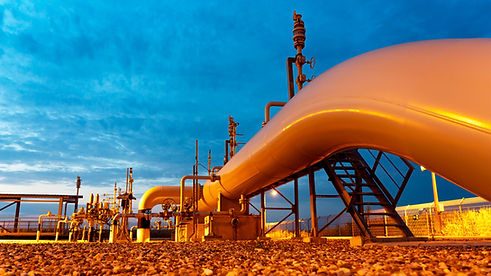NEXPROP™
NEXPROP™ is the first retrofitable active boundary layer control system that can be integrated into existing vehicles or systems. Also, it can be used for future designs and provide greater efficiency. The propulsion system can be downsized to increase payload capacity without sacrificing performance. Furthermore, the range can be extended. The proprietary technology is available to retrofit fixed-wing UAVs. A certification program will be started to equip general aviation and commercial aircraft. Airlines will be able to retrofit their existing fleets and reduce fuel consumption by 10%. Other industries will benefit from the technology. Further information is available below.
A module is provided and connected to the 28-volt onboard system. Based on proprietary data, a custom design is provided to meet the application requirements.
-
Meet ground vehicle and airborne requirements of MIL-STD-1275 and MIL-STD-704, and requirements of MIL-STD-1399 for shipboard systems.
-
Rugged and EMC shielded IP68 enclosure.

The module comes with plastic films bearing microfeatures. For aerial vehicles, two custom-made films are provided for each wing. The films are placed on the upper part (low-pressure side) of the wing to increase the lift-to-drag ratio. The films have integrated CO2 gas distribution design. CO2 is non-flammable, non-corrosive, and non-toxic, and the integrated gas distribution system design prevents clogging. A solvent-resistant acrylic adhesive bonds the film to the surface and works well on metal, plastic, and composite surfaces. The film provides surface protection, does not reduce transmissivity, and is resistant to external elements like moisture, rain, snow, sand, and airborne particles.

NEXPROP™ for UAV systems is available. Limited number of evaluation kits.
Click on the icon below for further information on each industry.
Commercial airliners and business jets can be retrofitted with minor modifications to increase fuel efficiency. For a narrowbody jet, the savings could be 10%. No weight penalty is incurred, as the fuel saved offsets the system's weight. A movable pack made of CO2 cylinders is installed in one of the cargo bays and can be refilled during a turn.

25% of the drag at supersonic speed is due to skin friction. It is a lower proportion than at transonic speed, where 45% of the drag is due to skin friction, but it is still significant. Thanks to the active boundary-layer system, range, endurance, and payload can be increased while reducing operating costs.

NEXPROP™ can be placed on jet engine fans to increase the propulsive efficiency. Retrofiting the propulsion system and wings of narrowbody aircraft could yield an extra 12-14% improvement in fuel efficiency. It is the same level of improvement achieved by shifting from the previous narrowbody generation to the new generation of Max and NEO aircraft. Widebody aircraft can be retrofitted, too.


























